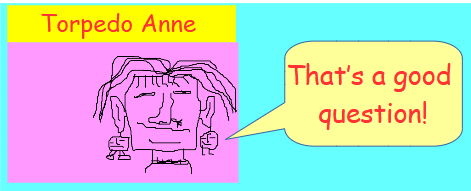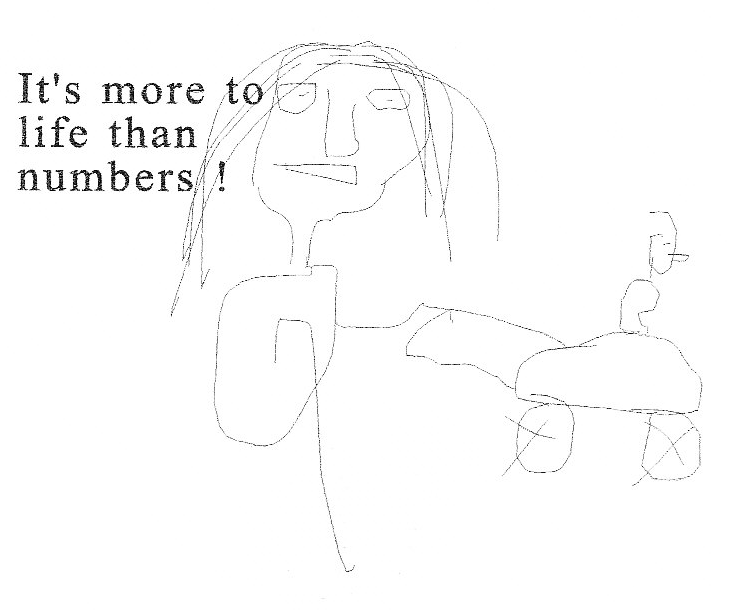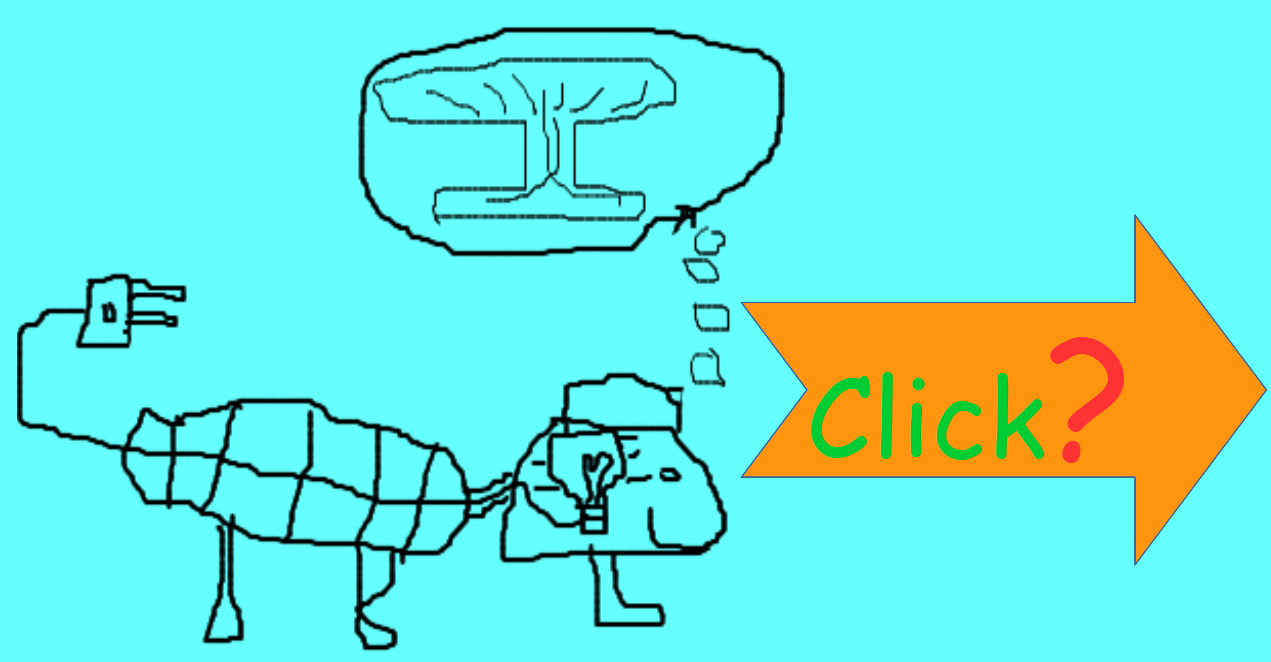page2023 Rings Matthias Lorentzen...mattegrisenforlag.com
Look at the picture beneath, then
scroll down to the question and click the correct Answer button.


Exercises: Ideals , Extensions & Vector Spaces
Exercise
Let us start with an exercise that bridges the concepts of ideals , simple extension fields,
and introduces vector spaces. Exercise 1: OK
Exercise 2:Field extensions as Vector Spaces.
Let F = `QQ` be the field of rational numbers. Consider the polynomial
`p(x) = x^2 - 2` `in QQ[x]`.
Problem statement:
Consider the field extension `L = QQ(sqrt 2)` , which is the smallest field
containing both the rational numbers and the square root of 2.
1. Demonstrate that L is a vector space over the field of rational numbers `QQ`.
2. Determine the basis for L as a vector space over `QQ`.
3. Calculate the dimension of L over `QQ` , denoted as `[L : QQ ]`.
Strategy and repetition of Vector Spaces:
A vector space (or linear space) V over a field F is a set V equipped with
two operations:
1. Vector Addition: For any u , v `bb in V` , there is a unique element `bb {u + v in V}`.
2. Scalar Multiplication: For any c `in F` and u `bb {in V}` , there is a unique element
`c bb {u in V}`.
Solution :
Part 1: Demonstrating that `QQ(sqrt 2)` is a Vector Space over `QQ`:
To show that `QQ(sqrt 2)` is a vector space over `QQ` we need to verify the vector space axioms.
An arbitrary element in `QQ(sqrt 2` can be written in the form `bb {a + b sqrt 2)` , where
`a , b in QQ`.
Vector Addition : Let `bb {u} = a + b sqrt 2` and
`bb {v} = c + d sqrt 2` be two elements in `QQ(sqrt 2)`. Their sum is:
`bb {u + v} = (a + b sqrt 2) (c + d sqrt 2) = (a + c) + (b + d) sqrt 2`.
Since `a , b , c in QQ` , it follows that `a + c in QQ` and `b + d in QQ`. Therefore , the sum
is also in `QQ(sqrt 2)`. The other axioms for addition are inherited from the properties
of real number addition:
- Associativity
- Commutativity
- Existence of an Identity element `0 = 0 + 0 * sqrt 2`
- Existence of an Inverse for each element
Scalar Multiplication : Let `k in QQ` be a scalar and
`bb {u} = a + b sqrt 2 in QQ(sqrt 2)` be a vector. The product is:
`k * bb{u} = k(a + b sqrt 2) = (ka) + (kb)sqrt 2`. Since `k , a , b in QQ` , their products
ka and kb are also in `QQ`. Thus the result is an element of `QQ(sqrt 2)`. The remaining axioms
for scalar multiplication are also inherited from the real numbers:
- Distributivity
- Associativity
- Existence of a multiplicative identity `1 in QQ`
Since all necessary axioms are satisfied , `QQ(sqrt 2)` is a vector space over `QQ`.
QED
Question
When proving `L = QQ(sqrt 2)` is a vector space over the scalar field `QQ` , the operation of
scalar multiplication is defined by taking an element `c in QQ` and an element
`bb {v} = a + b sqrt 2 in L` and setting the product to `c * bb{v}`.
Which of the following defines the result of `c * (a + b sqrt 2)`:
A) `(ca + cb sqrt 2)`
B) `(a + b sqrt 2) * c`
(the definition is not required , only the result)
?
